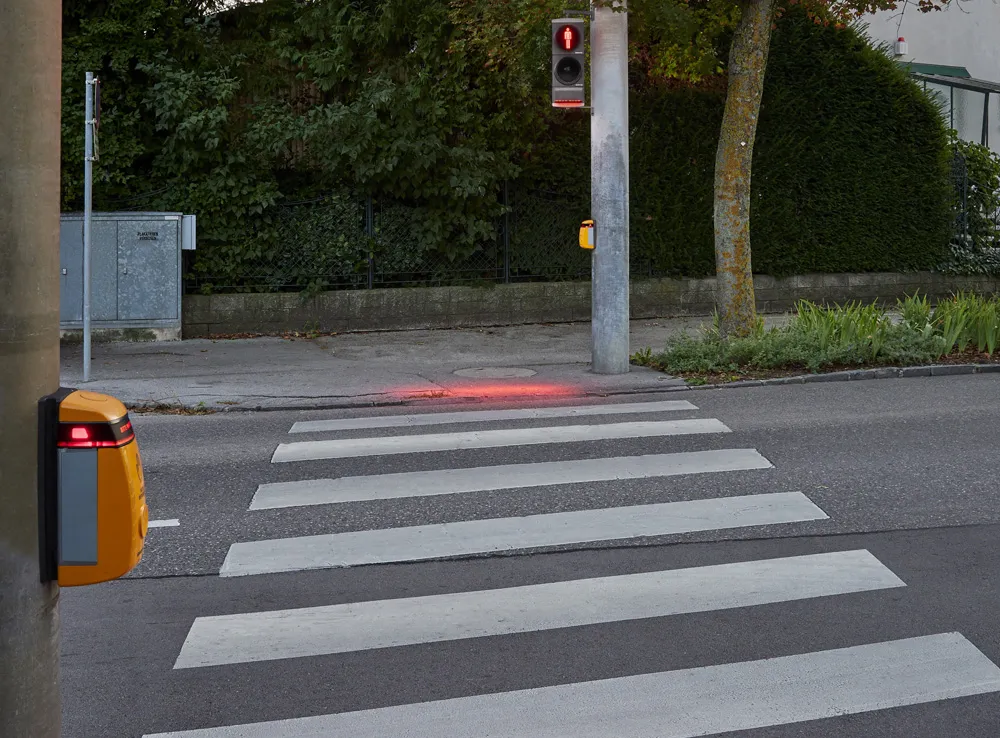The city of West Bend in Wisconsin, US, is to upgrade its traffic pre-emption solution to Global Traffic Technologies’ (GTT) Opticom, which works alongside intersection controllers to help ensure emergency vehicles can move through intersections rapidly and safely.
The Opticom emergency vehicle pre-emption (EVP) system in West Bend is used by both fire and police vehicles. It has been deployed to two of the city’s busiest intersections and 49 vehicles. There are plans to expand to further intersections i
January 26, 2017
Read time: 1 min
The city of West Bend in Wisconsin, US, is to upgrade its traffic pre-emption solution to 542 Global Traffic Technologies’ (GTT) Opticom, which works alongside intersection controllers to help ensure emergency vehicles can move through intersections rapidly and safely.
The Opticom emergency vehicle pre-emption (EVP) system in West Bend is used by both fire and police vehicles. It has been deployed to two of the city’s busiest intersections and 49 vehicles. There are plans to expand to further intersections in the future.
When an emergency vehicle needs to navigate an intersection, the EVP system on-board the emergency vehicle sends a request to the intersection’s controller ahead of its arrival, which turns the light green when possible, clearing a path to enable the vehicle’s safe passage.
The Opticom emergency vehicle pre-emption (EVP) system in West Bend is used by both fire and police vehicles. It has been deployed to two of the city’s busiest intersections and 49 vehicles. There are plans to expand to further intersections in the future.
When an emergency vehicle needs to navigate an intersection, the EVP system on-board the emergency vehicle sends a request to the intersection’s controller ahead of its arrival, which turns the light green when possible, clearing a path to enable the vehicle’s safe passage.










